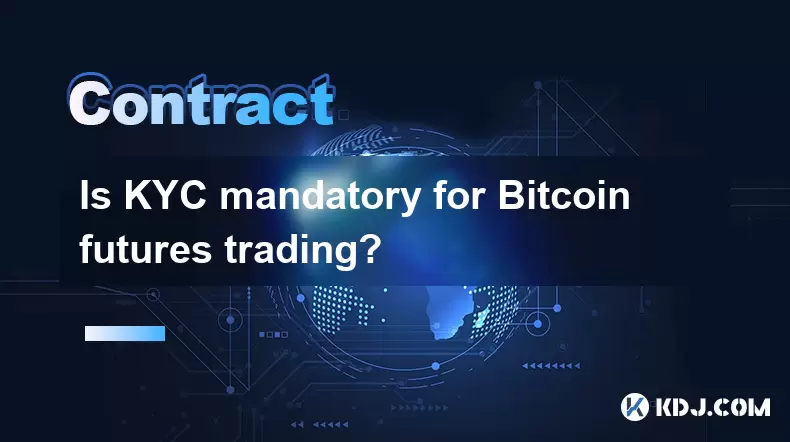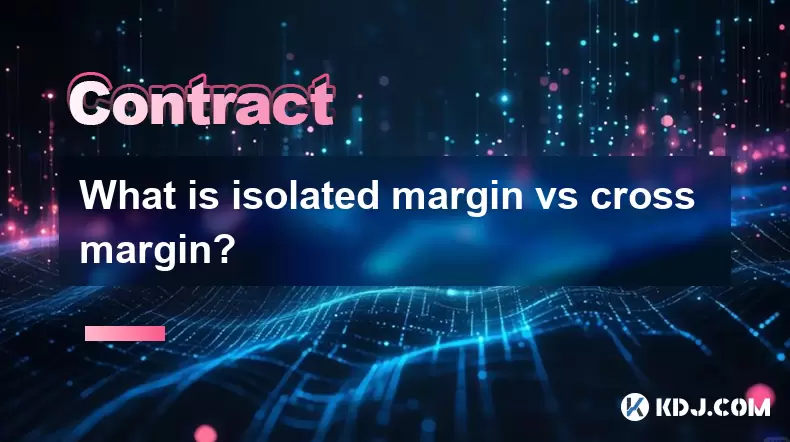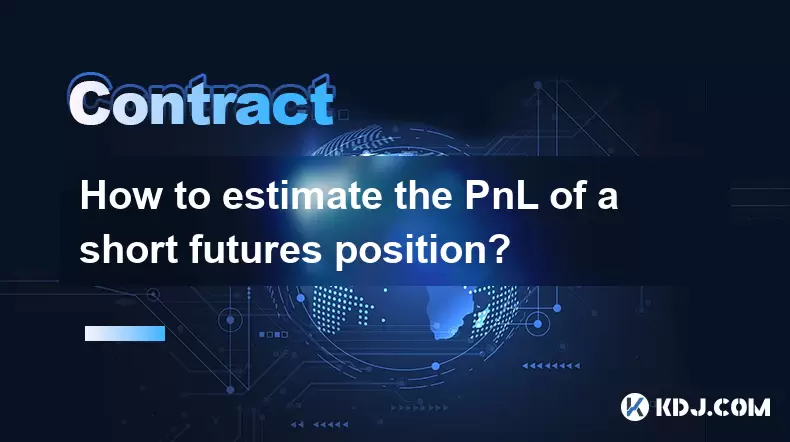-
 Bitcoin
Bitcoin $117,576.6195
-0.21% -
 Ethereum
Ethereum $2,938.5668
-1.35% -
 XRP
XRP $2.7699
4.60% -
 Tether USDt
Tether USDt $1.0003
0.01% -
 BNB
BNB $688.1624
-0.01% -
 Solana
Solana $160.5113
-1.95% -
 USDC
USDC $0.9999
0.01% -
 Dogecoin
Dogecoin $0.1976
-0.70% -
 TRON
TRON $0.3008
1.54% -
 Cardano
Cardano $0.7159
-2.16% -
 Hyperliquid
Hyperliquid $46.2240
2.04% -
 Stellar
Stellar $0.3966
22.03% -
 Sui
Sui $3.3928
-3.11% -
 Chainlink
Chainlink $15.1204
-2.43% -
 Bitcoin Cash
Bitcoin Cash $515.1741
-1.19% -
 Avalanche
Avalanche $20.8130
-0.90% -
 Hedera
Hedera $0.2001
-2.12% -
 UNUS SED LEO
UNUS SED LEO $9.0522
0.72% -
 Shiba Inu
Shiba Inu $0.0...01316
-2.01% -
 Toncoin
Toncoin $2.9843
0.61% -
 Litecoin
Litecoin $92.6745
-2.71% -
 Polkadot
Polkadot $3.9483
-0.06% -
 Monero
Monero $328.5347
1.10% -
 Dai
Dai $0.9998
0.01% -
 Ethena USDe
Ethena USDe $1.0006
-0.01% -
 Uniswap
Uniswap $8.3739
-6.50% -
 Bitget Token
Bitget Token $4.4241
-1.99% -
 Pepe
Pepe $0.0...01222
-3.96% -
 Aave
Aave $300.5203
-3.61% -
 Bittensor
Bittensor $382.2607
-1.92%
How to build a smart contract for a token vesting schedule?
A token vesting contract ensures gradual token release for investors and team members, promoting long-term commitment and market stability.
Jul 12, 2025 at 02:01 pm

Understanding Token Vesting Schedules in Smart Contracts
Token vesting schedules are mechanisms used in blockchain projects to gradually release tokens to investors, team members, or advisors over a set period. This ensures long-term commitment and prevents sudden market dumps that could destabilize the token price. Building a smart contract for a token vesting schedule involves defining parameters such as start time, cliff duration, vesting duration, and release frequency.
A well-structured vesting contract must include logic for locking tokens initially and releasing them incrementally based on predefined conditions.
Selecting the Right Blockchain and Tools
Most token vesting contracts are built on Ethereum-compatible blockchains using Solidity, though alternatives like Rust (for Solana) or Vyper exist. For this guide, we focus on Solidity-based development for EVM-compatible chains.
- Choose a development framework like Hardhat or Truffle to streamline compilation, testing, and deployment.
- Use OpenZeppelin libraries for secure and audited implementations of ERC20 and vesting contracts.
- Set up a local node environment using tools like Ganache or Alchemy for testing purposes.
Designing the Structure of the Vesting Contract
The core structure of a vesting contract revolves around tracking beneficiaries, their allocation, and the schedule for token release.
Key components include:
- Beneficiary addresses – who receives the vested tokens.
- Release start timestamp – when the vesting begins.
- Cliff duration – a waiting period before any tokens are released.
- Vesting duration – total time over which tokens are released.
- Revocability flag – optional feature allowing cancellation under certain conditions.
Each beneficiary’s data should be stored in a struct for clarity and efficient access.
Implementing the Vesting Logic in Solidity
To implement a basic vesting contract:
Import necessary OpenZeppelin contracts – especially
IERC20andSafeERC20.Define the VestingSchedule struct with fields like
totalAllocation,releasedAmount,startTime,cliffDuration, andvestingDuration.Create a mapping from address to VestingSchedule to track each beneficiary's details.
Add a function to initialize vesting schedules for multiple beneficiaries by the owner.
Write a claim function that calculates how much can be withdrawn based on elapsed time since the start.
Ensure proper access control using Ownable or Roles-based permissions.
Here’s a simplified code snippet:
pragma solidity ^0.8.0;import "@openzeppelin/contracts/token/ERC20/utils/SafeERC20.sol";
import "@openzeppelin/contracts/access/Ownable.sol";
contract TokenVesting is Ownable {
using SafeERC20 for IERC20;
struct VestingSchedule {
uint256 totalAllocation;
uint256 releasedAmount;
uint256 startTime;
uint256 cliffDuration;
uint256 vestingDuration;
}
IERC20 public token;
mapping(address => VestingSchedule) public vestingSchedules;
constructor(address _tokenAddress) {
token = IERC20(_tokenAddress);
}
function addVestingSchedule(
address beneficiary,
uint256 totalAllocation,
uint256 startTime,
uint256 cliffDuration,
uint256 vestingDuration
) external onlyOwner {
require(vestingSchedules[beneficiary].totalAllocation == 0, "Schedule already exists");
vestingSchedules[beneficiary] = VestingSchedule({
totalAllocation: totalAllocation,
releasedAmount: 0,
startTime: startTime,
cliffDuration: cliffDuration,
vestingDuration: vestingDuration
});
}
function claim() external {
VestingSchedule storage schedule = vestingSchedules[msg.sender];
require(schedule.totalAllocation > 0, "No vesting schedule found");
uint256 amount = releasableAmount(msg.sender);
require(amount > 0, "Nothing to claim");
schedule.releasedAmount += amount;
token.safeTransfer(msg.sender, amount);
}
function releasableAmount(address beneficiary) public view returns (uint256) {
VestingSchedule memory schedule = vestingSchedules[beneficiary];
if (block.timestamp < schedule.startTime + schedule.cliffDuration) {
return 0;
}
uint256 elapsedTime = block.timestamp - schedule.startTime;
if (elapsedTime >= schedule.vestingDuration) {
return schedule.totalAllocation - schedule.releasedAmount;
}
uint256 vestedAmount = (schedule.totalAllocation * elapsedTime) / schedule.vestingDuration;
return vestedAmount - schedule.releasedAmount;
}
}
Testing and Deploying the Vesting Contract
Before deploying to a live network, thorough testing is essential.
- Write unit tests covering edge cases like claiming before cliff, after full vesting, and partial claims.
- Simulate different timestamps using Hardhat’s time helpers.
- Check ownership controls to ensure only authorized parties can add schedules.
- Deploy the contract using scripts and verify it on block explorers like BscScan or Etherscan.
- Fund the contract with the appropriate number of tokens before initializing schedules.
Once deployed, use front-end interfaces or direct calls via wallets like MetaMask or tools like Remix to interact with the contract.
Frequently Asked Questions
Q: Can I modify a vesting schedule after it has been set?
A: Typically, once a vesting schedule is added, it cannot be modified unless explicitly coded with an update function. Most projects prefer immutability for trust reasons.
Q: What happens if a beneficiary loses access to their wallet?
A: The tokens remain locked in the contract until claimed. There is no recovery mechanism unless the contract includes an emergency transfer function, which is discouraged for security reasons.
Q: Is revoking a vesting schedule possible?
A: Yes, but only if the contract supports revocation logic. Revocable vesting allows the owner to cancel future claims, typically used for team members leaving a project.
Q: How do I handle multiple token types in a single vesting contract?
A: You would need to either deploy separate contracts per token or design a multi-token vesting contract with additional mappings and checks for each token address.
Disclaimer:info@kdj.com
The information provided is not trading advice. kdj.com does not assume any responsibility for any investments made based on the information provided in this article. Cryptocurrencies are highly volatile and it is highly recommended that you invest with caution after thorough research!
If you believe that the content used on this website infringes your copyright, please contact us immediately (info@kdj.com) and we will delete it promptly.
- Tether's USDT on Blockchains: Streamlining for Scalability and Regulatory Shifts
- 2025-07-12 22:30:12
- HBAR Price Prediction: Hedera's AI Play and the $100 Dream
- 2025-07-12 23:10:12
- Shiba Inu, Meme Coin, Quick Gains: Is the Hype Fading?
- 2025-07-13 00:15:16
- Pepeto, DOGE, and the Meme Coin Frenzy: What's Hot and What's Not
- 2025-07-12 22:50:12
- XRP Price Prediction: Riding the Crypto Coaster to New Highs?
- 2025-07-12 22:50:12
- Crypto's Wild Ride: Unrealized Gains, Regulatory Shifts, and Digital Asset Dominance
- 2025-07-12 22:30:12
Related knowledge

Is KYC mandatory for Bitcoin futures trading?
Jul 12,2025 at 10:56pm
Understanding KYC in the Context of Bitcoin Futures TradingKnow Your Customer (KYC) is a regulatory requirement that financial institutions and servic...

Are Bitcoin contracts good for beginners?
Jul 12,2025 at 08:14pm
Understanding Bitcoin ContractsBitcoin contracts, often referred to as Bitcoin futures or perpetual contracts, are financial derivatives that allow tr...

What is isolated margin vs cross margin?
Jul 12,2025 at 04:01pm
Understanding Margin in Cryptocurrency TradingIn cryptocurrency trading, margin refers to the amount of funds a trader must deposit to open and mainta...

What are Bitcoin contracts?
Jul 12,2025 at 06:21pm
What Are Bitcoin Contracts?Bitcoin contracts refer to smart contracts or derivative agreements that are built on blockchain platforms and utilize Bitc...

How to estimate the PnL of a short futures position?
Jul 10,2025 at 05:00pm
Understanding the Basics of Futures Trading and PnLIn futures trading, a trader enters into a contract to buy or sell an asset at a predetermined pric...

What are the most common smart contract design patterns?
Jul 10,2025 at 09:29pm
Introduction to Smart Contract Design PatternsSmart contract design patterns are standardized solutions to recurring problems encountered during the d...

Is KYC mandatory for Bitcoin futures trading?
Jul 12,2025 at 10:56pm
Understanding KYC in the Context of Bitcoin Futures TradingKnow Your Customer (KYC) is a regulatory requirement that financial institutions and servic...

Are Bitcoin contracts good for beginners?
Jul 12,2025 at 08:14pm
Understanding Bitcoin ContractsBitcoin contracts, often referred to as Bitcoin futures or perpetual contracts, are financial derivatives that allow tr...

What is isolated margin vs cross margin?
Jul 12,2025 at 04:01pm
Understanding Margin in Cryptocurrency TradingIn cryptocurrency trading, margin refers to the amount of funds a trader must deposit to open and mainta...

What are Bitcoin contracts?
Jul 12,2025 at 06:21pm
What Are Bitcoin Contracts?Bitcoin contracts refer to smart contracts or derivative agreements that are built on blockchain platforms and utilize Bitc...

How to estimate the PnL of a short futures position?
Jul 10,2025 at 05:00pm
Understanding the Basics of Futures Trading and PnLIn futures trading, a trader enters into a contract to buy or sell an asset at a predetermined pric...

What are the most common smart contract design patterns?
Jul 10,2025 at 09:29pm
Introduction to Smart Contract Design PatternsSmart contract design patterns are standardized solutions to recurring problems encountered during the d...
See all articles

























































































